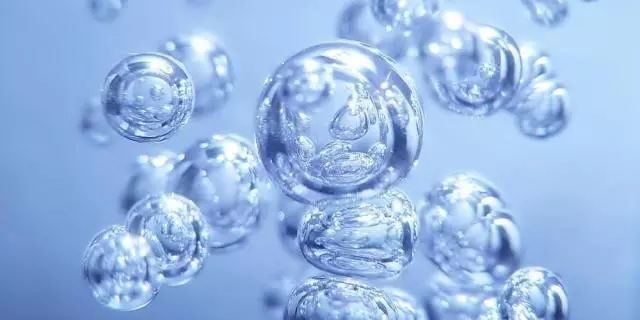Formation and control measures of biofoam
Biofoam is a foam formed due to the abnormal growth of microorganisms, mixed with bubbles and floc particles. It is stable, continuous and difficult to control.
1. Hazards of biofoam
Biofoam has many impacts on the operation of sewage plants:
1. Biological foam is generally viscous. It will involve a large amount of solid matter such as activated sludge into the floating foam layer of the aeration tank. The foam layer will roll on the surface of the aeration tank, preventing oxygen from entering the mixed liquid in the aeration tank, reducing the Oxygenation efficiency, especially the mechanical surface exposure method, has the greatest impact.
2. When the mixed liquid from the aeration tank mixed with foam enters the secondary sedimentation tank, the solid matter such as activated sludge wrapped in the foam will increase the content of suspended solids in the effluent and cause the deterioration of the effluent water quality. At the same time, a large amount of scum will be formed on the surface of the secondary sedimentation tank. In winter, when the temperature is low, the normal operation of the mud suction (scraping) bridge (machine) in the secondary sedimentation tank will be affected by freezing.
3. The biological foam spreads to the walkway board, affecting inspection and equipment maintenance. In summer, biofoam floats in the wind, causing a series of environmental health problems and affecting the health of surrounding pedestrians. After freezing in winter, cleaning is difficult, and inspection and maintenance personnel may slip and fall.
4. Foam in the return sludge will cause similar flotation phenomena, damaging the normal performance of the sludge. Biological foam will enter the mud area with the discharged sludge, interfering with the smooth progress of sludge concentration and sludge digestion.
2. Formation and influencing factors of biological bubbles
1. Formation mechanism of biological foam
① Most of the microorganisms related to foam contain lipid substances. For example, the lipid content of M. parvicella reaches 35% of the dry weight. Therefore, these microorganisms are lighter than water and float easily to the surface.
② Most of the microorganisms related to foam are filamentous or branch-shaped and can easily form nets, which can catch particles and bubbles and float to the water surface. The bubbles surrounded by the wire mesh increase the surface tension, making the bubbles less likely to break and making the foam more stable.
③The flotation effect produced by aeration bubbles is often the main driving force for foam formation. Particles use air bubbles to float and must be small, light and hydrophobic. Therefore, when oil, lipid substances and lipid-containing microorganisms exist in the water, surface foaming is likely to occur.
2. Main factors for the formation of biological bubbles
①Sludge residence time
Since foam-producing microorganisms generally have low growth rates and long growth cycles, long sludge retention times (SRT) will be beneficial to the growth of these microorganisms. If delayed aeration is used, foaming will easily occur, and once foam is formed, the biological residence time of the foam layer is independent of the sludge residence time in the aeration tank, making it easy to form stable and long-lasting foam.
②pH value
There are reports that when the pH value drops from 7.0 to 5.0~5.6, the formation of foam can be effectively reduced. The growth of Nocardia amarae is extremely sensitive to pH value. The optimal pH value is 7.8. When the pH value is 5.0, its growth can be effectively controlled. The optimal pH value of Microthrix parvicella is 7.7 to 8.0.
③Dissolved oxygen (DO)
Nocardia is a strictly aerobic bacterium that does not grow easily but does not die under anoxic or anaerobic conditions. Microthrix parvicella can tolerate hypoxia.
④Temperature
The fungi related to the formation of biological foam have their own suitable growth temperature and optimal temperature (see the figure below). When the environment or water temperature is conducive to their growth, foaming may occur.
⑤Hydrophobic substances
Although the principle is not very clear, experiments have shown that insoluble or hydrophobic substances (such as oil, lipids, etc.) are beneficial to the growth of actinomycetes.
⑥Aeration method
It has been observed that different aeration methods produce different bubbles. Microbubbles or small bubbles are more conducive to the production of biological foam than large bubbles, and the foam layer is easy to concentrate in areas with low aeration intensity.







